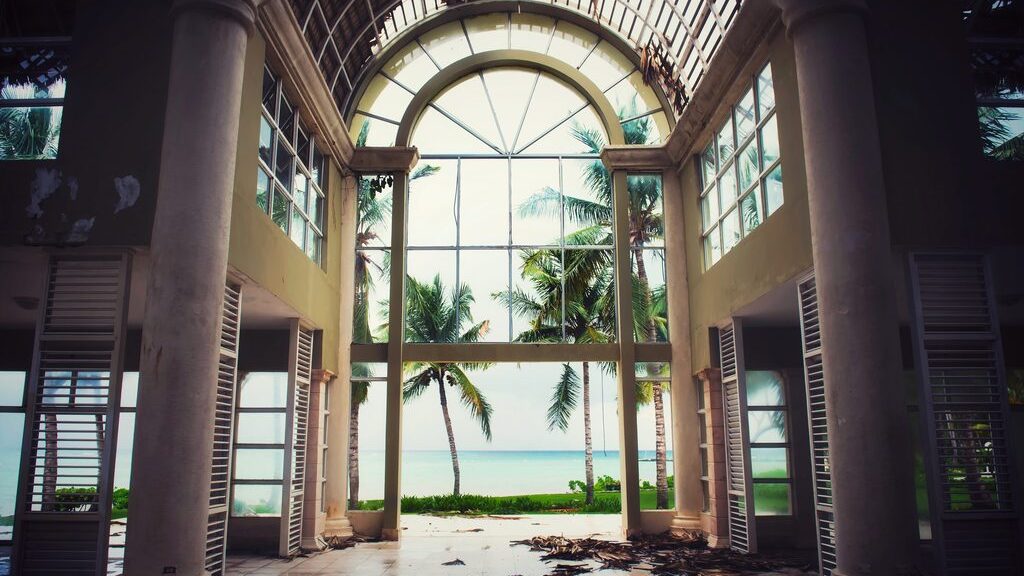Back on the road: Tracking the tourism sector recovery

Recent years have been undeniably tough on the tourism industry. Between the COVID-19 pandemic, the war in Ukraine, economic uncertainty, and the possibility of a recession, travel has not been possible, or advisable, for many.
During that time, tourism has had its resilience tested like rarely before. Now we're seeing clear signs that the tourism sector is starting to recover, with 2022 seeing restrictions from COVID lifted around the world with Europe showing the first signs of opening up and Asia, Africa, the Americas, and the Middle East following suit.
As we head further into 2023, we can confidently say that tourism is once more on the rise, and while we’ve yet to return to pre-pandemic levels, we’re certainly on the road back.
State of play: Tourism sector
2023 is set to be the year of the ‘culture shock’ vacationer, with many searching for new and completely novel travel experiences having been shut in for so much time during lockdown. At the same time, the main driving force behind travel plans moving beyond COVID is seeing a greater focus on wellness and relaxation, including spa retreats and spiritual journeys.
Solo travel is also trending up, with 24% more travelers going alone in 2022 than in 2019.
Despite this positive news we still face a challenging economic situation and instability as a result of the Russian offensive in Ukraine, causing fuel prices and interest rates to skyrocket. The major global economic impact of this conflict is likely to continue to impact the tourism sector throughout the year. As already high oil prices and overall inflation rates will continue to rise, international supply chains face disruption. All of this will result in higher costs for the tourism sector in terms of transportation and accommodation,
Ongoing workforce shortages and consumer inflation present further challenges for the tourism sector. That being said, it’s not all doom and gloom. With the threat of COVID passing, the tourism sector is now experiencing a boost in travellers looking to compensate for the upheavals of the last few years.
Biggest impact
While events of recent years have hit the travel and tourism sector across the board hard, the percentage changes seen from 2019 to 2022 in international tourist arrivals indicate that Asia and the Pacific region reported the sharpest decline. Inbound visitors in that area fell 77% from 2019 to 2022. During the same period, the rest of the world fared considerably better, with Africa and the Americas each seeing a fall of 35% which, while not ideal, is considerably less drastic than that suffered across Asia and the Pacific.
Indeed, compared to the first two years of the COVID crisis, global international arrivals fared considerably better in 2022, showing only a 37% decrease in the numbers seen in 2019. While the number of international tourists remains below pre-pandemic levels, worldwide arrivals were roughly double in 2022 than the previous year.
Moving forward
The World Tourism Organisation has outlined six areas of focus to move the sector forward. This includes:
Tourism as a mainstream focus for the global agenda
As a pivotal force driving development and growth, tourism should be included in policy developments at a national and international economic level. The focus should be placed on levelling the playing field in the sector, so all areas of the globe are equally represented and accessible. This is vital to the ongoing development and prosperity of the tourism industry.
Sustainable tourism development
In the wake of the pandemic, social responsibility is more important than ever. Supporting and promoting practices and policies that effectively utilise environmental resources and boost the economy are essential. For example, designations that employ the use of solar power and other renewable energy sources, and the development of 'eco tourism', specially structured to avoid harming nature or destroying natural resources.
Nurturing education, knowledge, and capacity building
Assessing and delivering educational and training needs in tourism is key. Many companies utilise their digital channels (blogs, social media, podcasts, etc.) to share created content with their customers and the industry as a whole, for education and training purposes. It's important we further these endeavours to further nurture understanding and knowledge, in addition to sharing destination-related content.
Improving competitiveness in tourism
One factor that can be greatly successful in driving change is the free exchange of information. This will prove vital for areas in crisis and risk management, as well as marketing and human resources.
Increasing tourism’s contribution to poverty reduction
Maximizing the sector’s contribution to achieving the Sustainable Development Goals (SDGs) and promoting the inclusion of tourism in the wider development agenda.
Building partnerships
Collaborating with others to ensure the sector is engaged, and everyone has easy access to knowledge, including the private sector, academia, research institutions, local and regional tourism organisations, the UN system, and civil society.
How can HLB help?
If you’re in the tourism or hospitality sector and need help navigating the tumultuous waters of change, HLB is here to help. Get in touch with our advisory service today for help figuring out exactly what you should prioritise to ensure you safely weather this transitional period.
Related content






